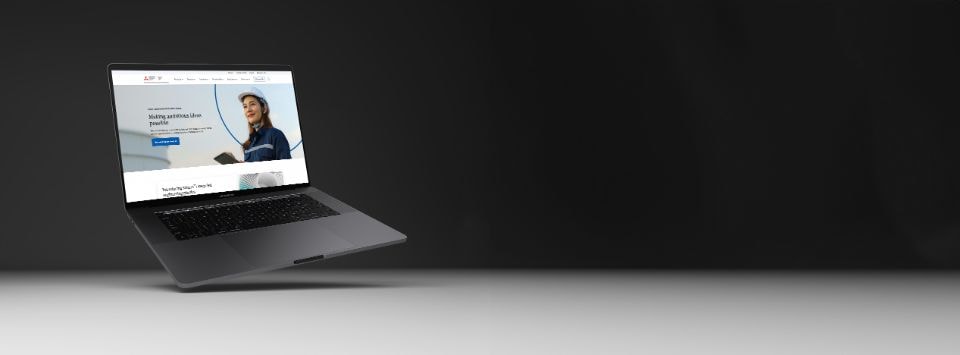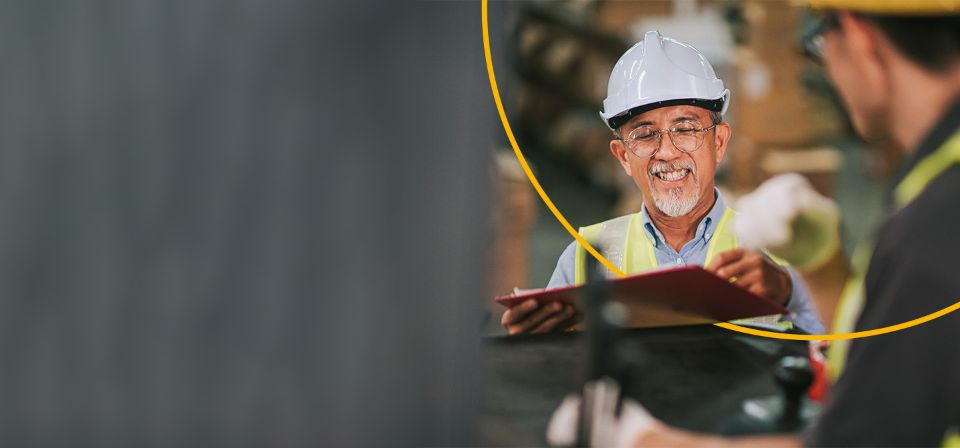Nous sommes à même de résoudre des problèmes d'ingénierie complexes dans tous ces secteurs de l'industrie.

On vous écoute
Encore un doute ?
Vous cherchez quelque chose en particulier ? Contactez notre équipe de spécialistes en remplissant le formulaire de contact. Nous sommes prêts à relever votre prochain défi.
Contactez-nous

